The West has dominated globalisation to date, but that balance of power is shifting and it’s happening much faster than Western leaders are willing to accept, as new countries demand a seat at the table.
The global pecking order is rebalancing to get a broader view on the risks and opportunities in this new global economy.
We traveled to Southeast Asia to meet former World Bank economist, Dr Kirida Bhaopichitr. We began by talking about the unstoppable rise of the East, the problem with protectionism in the West, and the inevitability of a multipolar world.
Dr Bhaopichitr tells Renegade Inc. that the global economy has been recovering for the last couple of years, led by the US.
“We’re also seeing emerging markets recovering, with a recovery in the big economies of the world as well,” she says. “So this is a really good global environment for a small, open economy like Thailand which depends a lot on exports and tourism. So we are seeing our exports booming, our tourism booming and we’re riding on this wave of global recovery.”
However, this wave comes with a caveat.
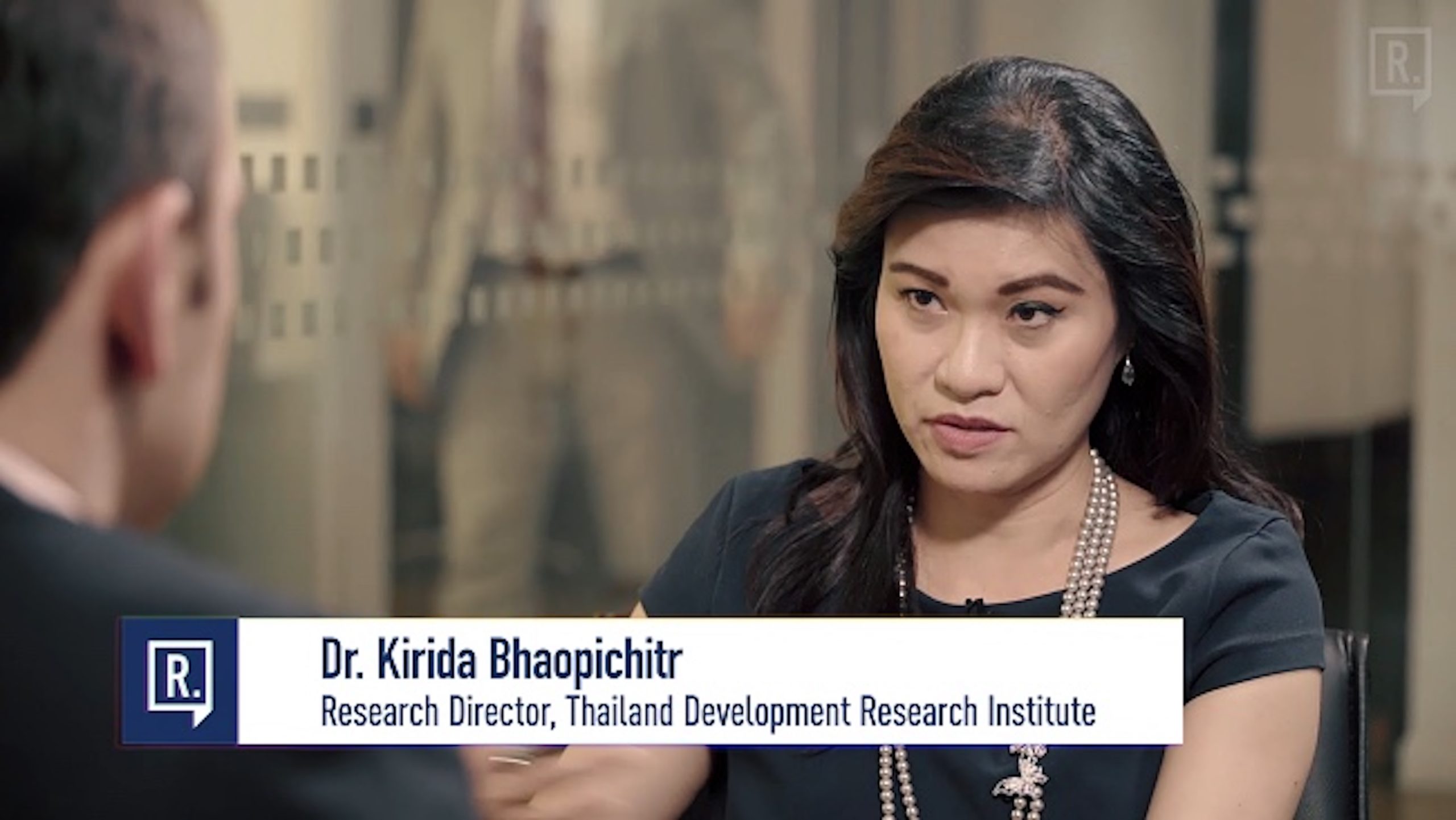
“The global recovery occurring today is good, but it’s linkages to trade is not the way it was in the past,” says Dr Bhaopichitr.
“Before the crisis in the US, before the Lehman Brothers crisis, when we see the global economy expanding at 1%, global trade expands at 2%. But today, that linkage has weakened.
Today, when growth expands by 1%, trade will grow at only 1%.
This has to do with an increase in protectionism, and shrinking supply chains.
“During the financial crisis, the West shrank its supply chain, consolidated its supply chain to closer countries. “So the linkage between trade between the West and Thailand, and especially in Southeast Asia, has been a little weakened, in that sense.”
The IMF recently issued a warning saying that debt levels globally are levels higher than they were in the lead up to the 2008 crisis.
Dr Bhaopichitr says that will have an effect on the global economy.
“If you remember, when the economy was down in the US and the Eurozone, their interest rates were kept very low,” she says. “Countries were pumping out money, which in the US is called Quantitative Easing. Europe did the same, Japan did the same. Therefore, there was money flooding the whole world with very low interest rates. So, investors actually invested that money in risky assets that gave them more returns. But today, the situation has changed. Global recovery is on, interest rates are on the rise, so those who have either borrowed money to invest in risky assets are now facing higher interest rates.
“Moreover the dollar is also getting stronger, compared to the few years ago where they were borrowing money in US dollars. So the cost of repaying is also higher, because the dollar is stronger as well. And of course, the price of these assets have not increased as quickly as before. Because now that the global recovery is on, there are other safer assets whose returns have now also recovered. Investors have also turned to those safer assets, making the price of their riskier assets grow slower. In some cases, the property sector might have even seen prices fall. So this is a big issue for countries, companies, or individuals who have accumulated a lot of debt, especially in foreign currencies.”
But that’s not the case for Thailand because debt levels during its financial crisis in 1997 were comparatively lower.
“So then they are fully hedged, so they are much much better managed than before, because lessons have been learned,” Dr Bhaopichitr says.
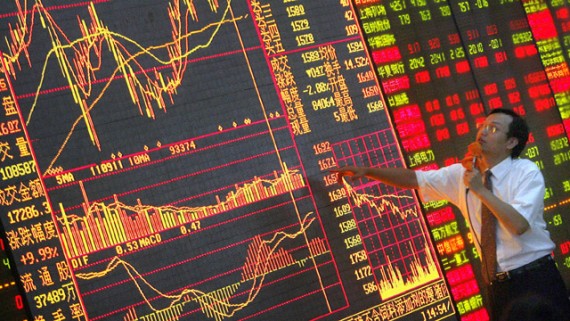
China’s economy is dependent on exports to the west, and the economist says most analysts are worried about the rising private debt debt which includes the debt of state-owned enterprises.
“When you look at data, figures or statistics from China they would categorise it as private debt, but it includes state owned enterprise,” Dr Bhaopichitr says.
“And it’s now over 100% of GDP. Nobody actually knows the actual number, but that’s our official number. It’s a very high number that nobody actually knows the real magnitude of. So that’s an issue that analysts and economists are worried about when it comes to the Chinese domestic economy: Whether these companies will be able to sustain themselves? Will it cause a contagion to other sectors through the the banking sector? Most banks in China are controlled by the government. So it is trying to put a lid on it and resolve it. State owned enterprises are not performing well. Especially the traditional ones: the companies that have been producing aluminium, glass, cement which had fuelled investment in China over the past 20 years.”
But public / private investment in China is not growing as fast as in the past.
“These state owned enterprises are not doing as well,” Dr Bhaopichitr says. “They have accumulated a lot of debt, especially from the banks in China.”
One of the ways the Chinese government is trying to resolve this issue is by consolidating state-owned enterprises, or closing them down. But it is also trying to export the capacity of these companies abroad through the One Belt One Road initiative. Countries that were like assistance from China will have to buy Chinese goods.
“This is one way of exporting the excess capacity from these state owned enterprises,” Dr Bhaopichitr says. “At the same time, the Chinese government is also trying to promote new industries. The more high tech, the Made in China 2025 program which targeted 10 high tech industries & services which includes medical equipment, robotics, aviation. So those are the ones that they’re looking to help to support the economy as a whole.
“Coming back to their link to the world, China will be affected by protectionism, and its supply chain, meaning Thailand as well, will be affected,” she says. “Because we export a lot of intermediate goods to China, which is then assembled and sent to the US.”
China’s One Belt One Road initiative is a shrewd geopolitical play which includes the construction of railways, ports, airports and other infrastructure abroad.
It has all the benefits from China, for China, because they’ve got the digital economy. They’ve got 2025 coming out so that keeps the proverbial plates spinning. It also has the older economy, which is not a relic but is coming to the end of its economic life. It also has built capacity within its homeland. But now China wants to use that capacity elsewhere, influencing other governments with its infrastructure.
“That’s the play,” Dr Bhaopichitr says. “The One Belt, One Road initiative has both economic and political benefits. It creates a lot of goodwill between China and a lot of countries.”
But it also allows the Chinese to pull the rents out of other countries and put them back in China.
“It’s a very strategic project for China as a whole,” she says.
Of course, foreign governments are well aware the underlying hardtail aspect China’s geopolitical power.
“We know within Thailand. And I’m sure many countries in Southeast Asia know about it. And I’m sure the countries that the Chinese are investing in know about it.
“So it’s now in a more or less a play between how much do we get, versus how much do we give to China. So that’s the balance that each country has to make on its own.”
The economist says Thailand is a politically careful and cautious country that has been a master of balancing global powers since King Rama the 5th some 100 years ago when Chulalism was expanding into Asia.
“Thailand was the only country that wasn’t colonised precisely because we tried to balance those powers,” Dr Bhaopichitr says.
“So today, same thing we’re trying to do, the same as a small country: We’re trying to balance the powers of China, the US, Japan.
“Of course, there are benefits from being friends with China, being friends with Japan, being friends with the US. But we also have to give something.”
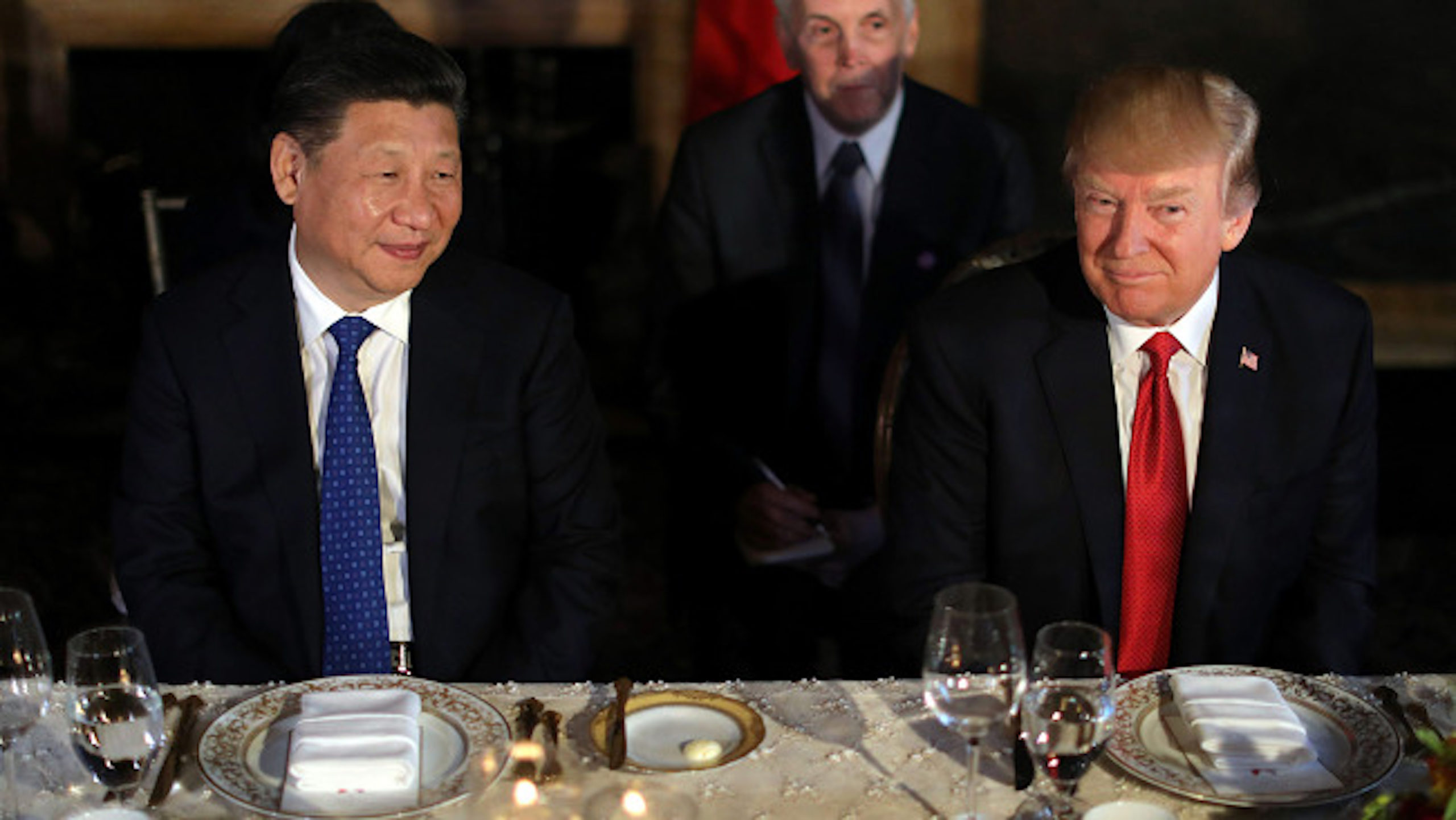
The economist says America’s President Trump and China’s President, Xi Jinping are well-aware that a trade war would be disastrous for both countries.
“From an economist point of view, this would be a big disaster for both countries if a trade war were to happen,” she says. “But I guess this has been more of a political play between the two countries, and in the end I think there will be some negotiation because both parties realise that if a trade war actually happens, both countries – and their people – would be hurt.”
Dr Bhaopichitr says China has been responding to each of Trump’s aggressive initiations.
“In the end, I think Mr Trump would think hard from a political point of view, whether this will win him votes, or actually make him lose votes,” she says.
“My take on this is that China will probably allow him to announce some sort of victory to his voters, because he did say that he we wanted to ‘make America great again’. So he’d probably have something to announce, but maybe not as big as a trade war with the rest of the world. It would have to be something that would win him some votes and not make his voters too disaffected. It would keep the ‘America First’ rhetoric moving so domestically it’s a win. But actually, what you’re saying is internationally he knows that it’s political economic suicide.”
“If tariffs were even raised domestically, then the US could not find alternative sources of imports. Goods would become more expensive if tariffs were to increase. So inflation would rise, people would not be happy. So it has an impact on the domestic economy too.”
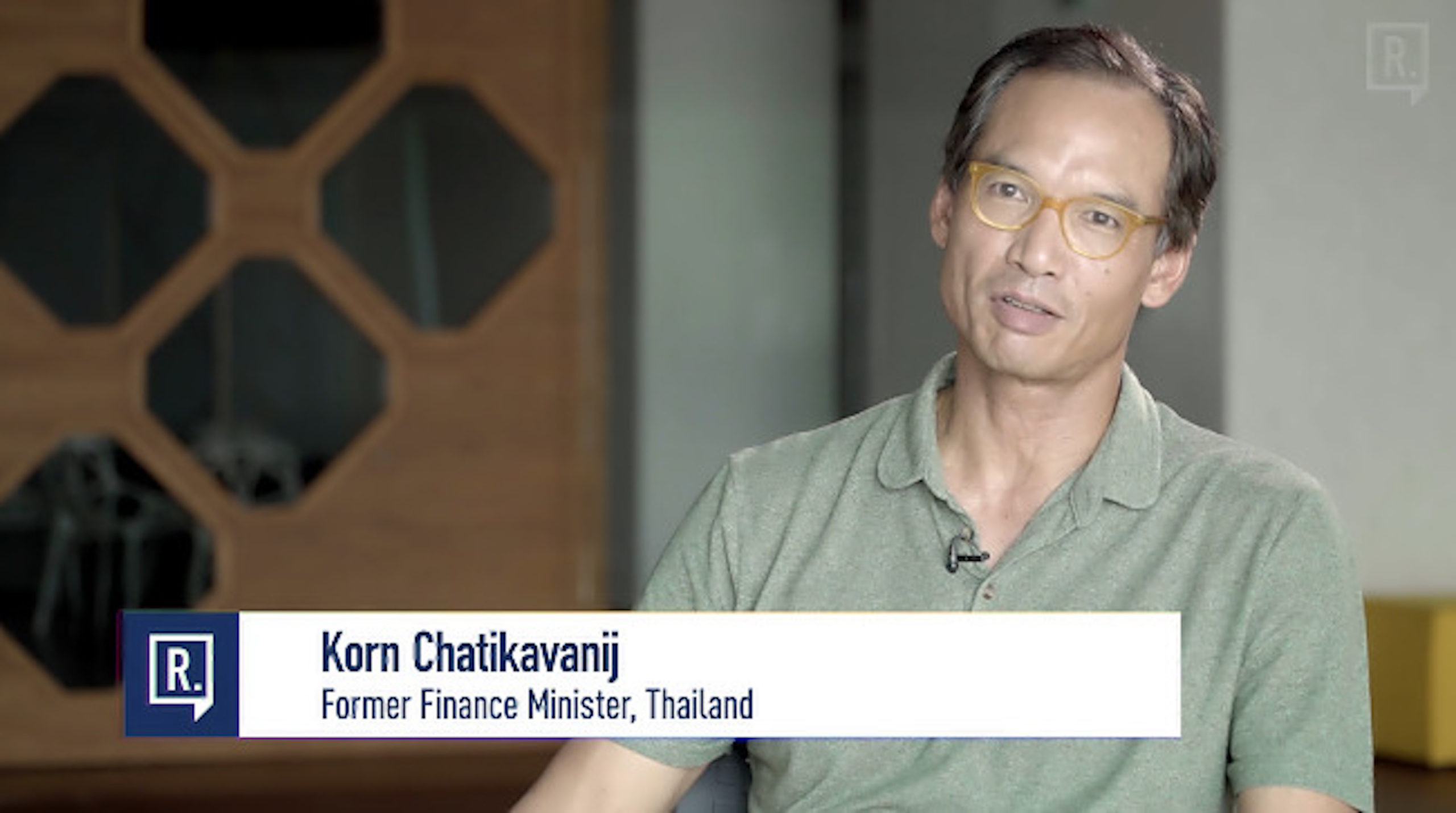
We caught up with former Thai Finance Minister, Korn Chatikavanij, a man who has been up close and personal with Thailand’s economy.
He tells Renegade Inc. that there are some specific issues holding Thailand back.
“We have had lower than average economic growth rates compared to our neighbours,” Chatikavanij says. “We had very successful population control program in the ‘80s and now we’re suffering from a shrinking labour force.”
“Thailand is already dependent upon about five million migrant workers from neighbouring countries. Right now, the so-called dependency ratio, (the ratio of the working times and rising retirement age), is 5 to 1. In 25 years time that is going to collapse to 2 to 1. And we’re not prepared for it.”
In the early 1980s a couple of things happened to jump-start Thai industrialisation: Thailand was a full beneficiary of Japan’s decision to relocate its manufacturing facility to cheaper location. The other was the discovery of natural gas in the Gulf of Thailand, which spawned a successful petrochemical industry.
“We’ve lost a lot of the competitiveness that we had then,” Chatikavanij says. “Gas is running out in the Gulf. Japanese FTA is no longer the main driver. We’re no longer the cheapest base of production anyway, compared to Vietnam and and now Myanmar. There are increasing environmental concerns, quite rightly. Industrial permits and factory permits are much harder to come by. Land prices are much higher than they used to be 30 years ago. All of this is the reason why GDP growth rates have slowed.
“It’s become very clear to policymakers that we need a new model.”
The Thai government is talking about the need to move towards something they call Talent 4.0: the creative economy.
“There’s a lot of creativity in Thailand that hasn’t yet been monetised,” Chatikavanij says. “How we do that is the biggest challenge. We need a creative and well-educated population. Frankly, that’s something we’re still working towards, if I may put it politely. Our educational system is very archaic. It’s still very much based on students not being expected to challenge or question their teachers. There is a understanding amongst most of the politicians now that the education system needs a complete overhaul.
“I think, frankly, in the election to come here in Thailand, we’ll be able to start talking about, for the first time really, economic issues and targets, aside from the ones related just to GDP.”
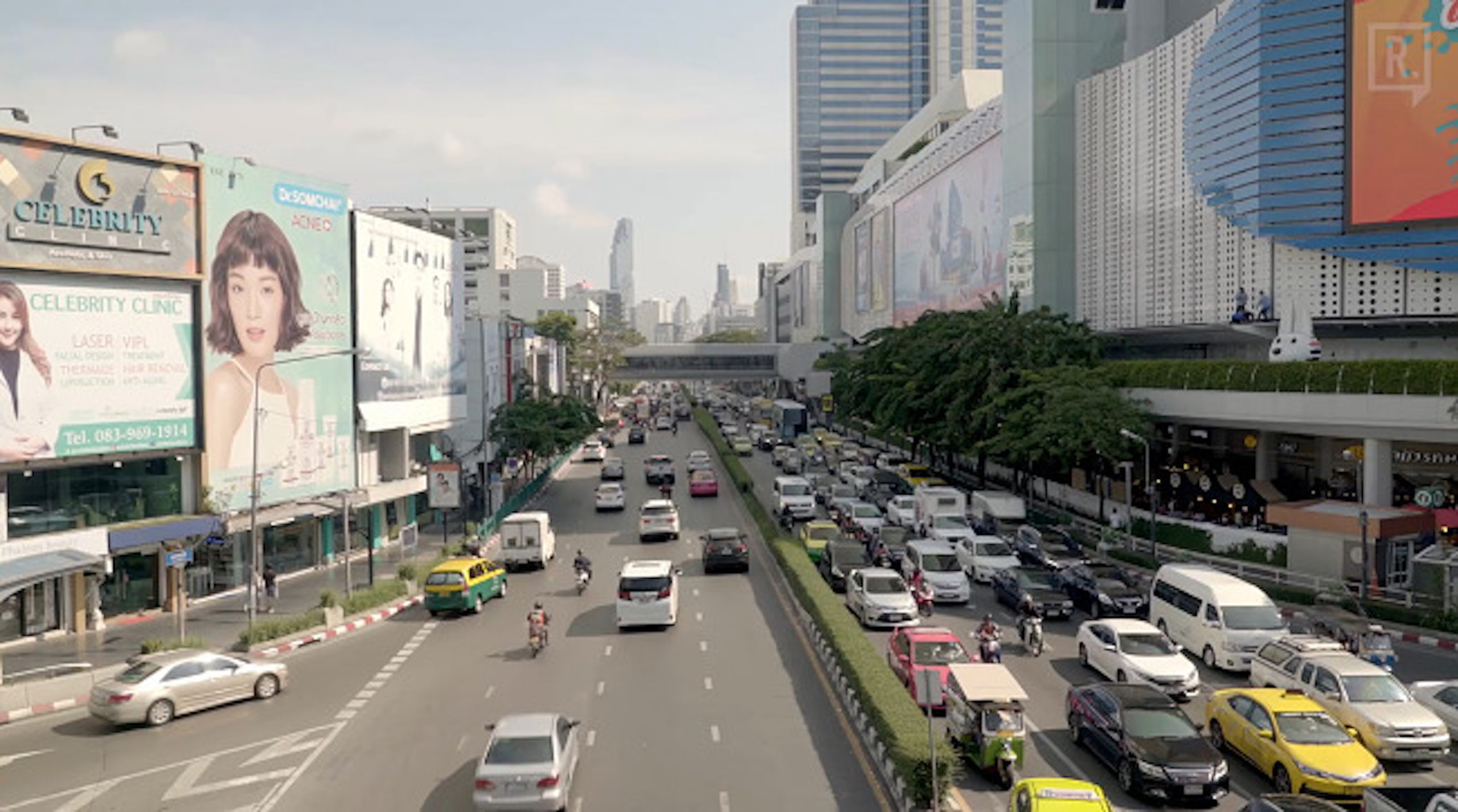
America has begun phasing back Quantitative Easing, pumping money into the economy, moving away from QE, to QT: Quantitative Tightening. But what effect will it have on volatility?
“The US stop has stopped pumping up its money,” Dr Bhaopichitr says. “But they’re actually not stopping the pumping out of money, they are withdrawing the money from the system back to the Federal Reserve. The implication is that interest rates will be higher. So with each announcement of QT, that has implications on the volatility in the markets, because investors would then pull money out of emerging markets to the US, in the hopes that interest rates will rise in the future.
Of course, the Fed itself has also announced the raising of its policy rates. It has just announced for the sixth time in two years, a rise in its policy rate by 0.25%.
“That also brings about volatility because with each rise, what we see in the data is that investors usually pull money out of emerging markets a few weeks before that, and then after the rise, for a few weeks they bring the money back,” she says. “So money is now flowing back-and-forth with each episode of the rise of the Fed rate, in the US”.
An increase in the Fed rate is the biggest risk to the global economy, particularly on the issue of debt.
“If the Fed raises interest rate by 0.25% every four or six months, investors have time to adjust,” Dr Bhaopichitr says. “But if it’s every month-and-a-half, then the very sharp rise in interest rates will definitely affect the people who have lots of debt at the moment, because they don’t have time to adjust and find enough resources to repay.”
That’s what the Fed is talking about: a series of interest rate rises very quickly to try and get the economy back to health again.
“That is the risk to the global economy,” she says. “And I think they know that as well. And they realise that if the economy is affected then the U.S. will be affected as well.”
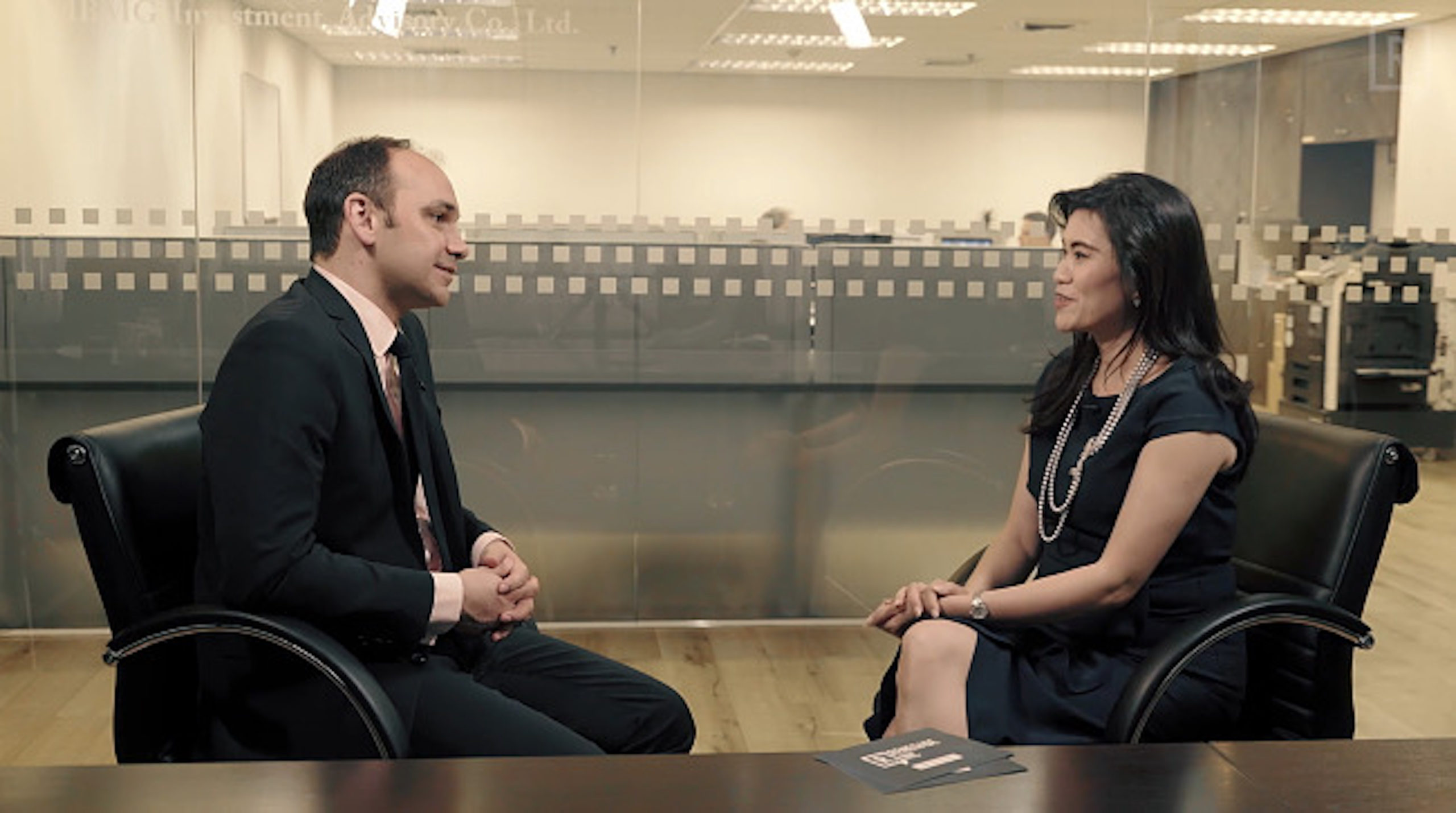
Let’s talk a little bit about illiquid markets, specifically real estate globally has been seen as a safe haven. It’s also been an excellent source of returns from sovereign wealth funds right down to private investors. But that train has really come to a halt. Certainly in the US, things are on the turn. London is also definitely on the turn. People in that sector that we’ve spoken to said late 2015, 2016 foreign investors just packed up shop and left.
“The real estate market has actually benefited a lot from the quantitative easing and interest rate. That’s been persisting for the past 10 years,” Dr Bhaopichitr says. “So a lot of the liquidity has been poured into the real estate market. And with that consistent pouring of liquidity, prices were driven up. But as we talked about, today when the trend of interest rates has reversed, meaning interest rates are now rising, major currencies are strengthening, including the dollar and the euro. Investors are now turning to other safer assets. So they are pulling out of the real estate and the property market. That is one reason for pulling out.
“Another reason would be the pulling out of some Chinese investors from these big cities as well. Because in the end of 2016 the Chinese government has put a measure, in order to stop the rapid decline in its international reserves. Meaning that since beginning 2016, actually starting in 2015, Chinese were taking money out of the country. There was massive capital outflows from China because there were looking for better returns elsewhere. And where better to invest than property and in the West, where prices were appreciating quite quickly back then.”
China’s decision to repatriate this cash was the beginning of the canary in the mine for the global real estate market.
“Well that’s probably one factor because Chinese buyers of property markets in the world is a fraction of those all, but it probably has an impact,” Dr Bhaopichitr says. “At the end of 2016, the Chinese government put in a measure to halt the outflows of capital from China, because it has seen a sharp drop in its international reserves. So that meant that the Chinese who wanted to buy extra property overseas would have to slow it down.
“The slow down of additional money flowing to property markets in major cities of the world has probably slowed down a bit from these Chinese investors, so the prices of these properties couldn’t rise as fast as it did before when lots of money were pouring in. And that might have triggered a stampede. The rise in prices are slowing down and maybe this is not a market we should be in and now we’re seeing trends of rising interest rates in safer for assets in the US as well. So maybe move there that might be one of the reasons why the property markets in the world have seen a slowdown.”
Was there any meaningful deleveraging specifically in the worst after 2008? Did the QE in many ways did mask a broader problem? Did people pay down a lot of debt?Or are the underlying foundational problems, the structural problems, still there in the West?
“QE is a major policy,” the economist says. “It’s not a policy that is meant to solve structural problems. It’s just a policy to solve short-term liquidity problems for companies and individuals.
“Definitely the structural issues are there. It was just buying time for the US or for countries in the Eurozone to try to resolve its structural issues. In the US we’re seeing that the issues have been sort of resolved. Not all of it, because we’re seeing a pickup in real economic activity, a fall in unemployment and also in innovative industries as well. So in the US it seems like the QE helped to buy time for companies to pick themselves up and increase their productivity. In Europe I’m not as sure, because I see in many countries the productivity of labor or of companies are still not high. Innovation hasn’t risen, so it was more to buy time and not much has been done on the structural front.”
So it worked. It bought a bit of time. But it hasn’t really addressed those structural cracks.
“It’s not meant to be a measure to address structural issues,” Dr Bhaopichitr says. “You need other measures to address the productivity in the real sector.”
And you need a decent political and economic leadership.
“Exactly. Yes.”
Let’s discuss emerging markets. We sit here in 2018 in Southeast Asia and we look around the world. One of the things that is a sort of telltale sign if you like is American foreign policy. Continually they do the same thing and expect a different result by trying to spread democracy and show that they’re strong man: the policeman of the world. The UK isn’t far behind it, along with other countries in Europe. What we’re seeing is the emergence of a multipolar or unipolar world.
“I see two big trends coming out from from the geopolitical issues that are happening in the world today,” Dr Bhaopichitr says.
“One is a multipolar world that we’re going to see meaning that the centre of economic power will shift from the US and Europe towards East Asia: China, also South Asia which is India. So we’re gonna see that shift. Actually, if you look at the report that the World Bank has done a couple of years back, it’s called ‘China 2030’. In that report it’s also mentioned that in 2030 China will be the largest economy in the world, surpassing the US. India is still a bit behind. It’s the eighth largest country in the world in terms of its GDP size at the moment, but it’s growing very quickly.
“As Chinese economic growth has been declining, India’s economic growth has been rising.”
How would the economist advise Western leaders, businesspeople and politicians to play ball, so it’s win-win?
“East Asia or Asia as a whole is experiencing a rapid income expansion and it’s an opportunity for Western companies to invest or trade in this region as well,” Dr Bhaopichitr says. “So having a more open trade and a more open investment regime from the West itself would definitely benefit the Western companies that will be interested in coming to a very fast growing region into the next decade or two.”

Author of Medici Money, Tim Parks, discusses the Medici banking dynasty and its legacy.

Has the pernicious creation of hero or saviour complexes derailed the collective good?
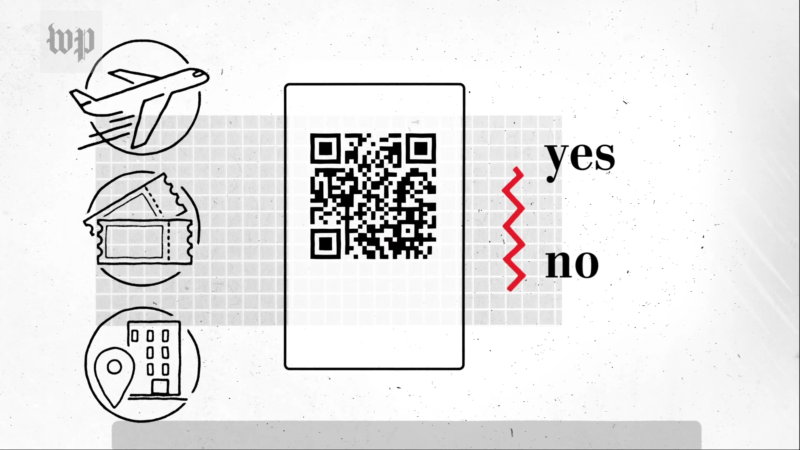
What are the consequences of immunity or vaccine passports and will these proposed temporary measures become the norm?